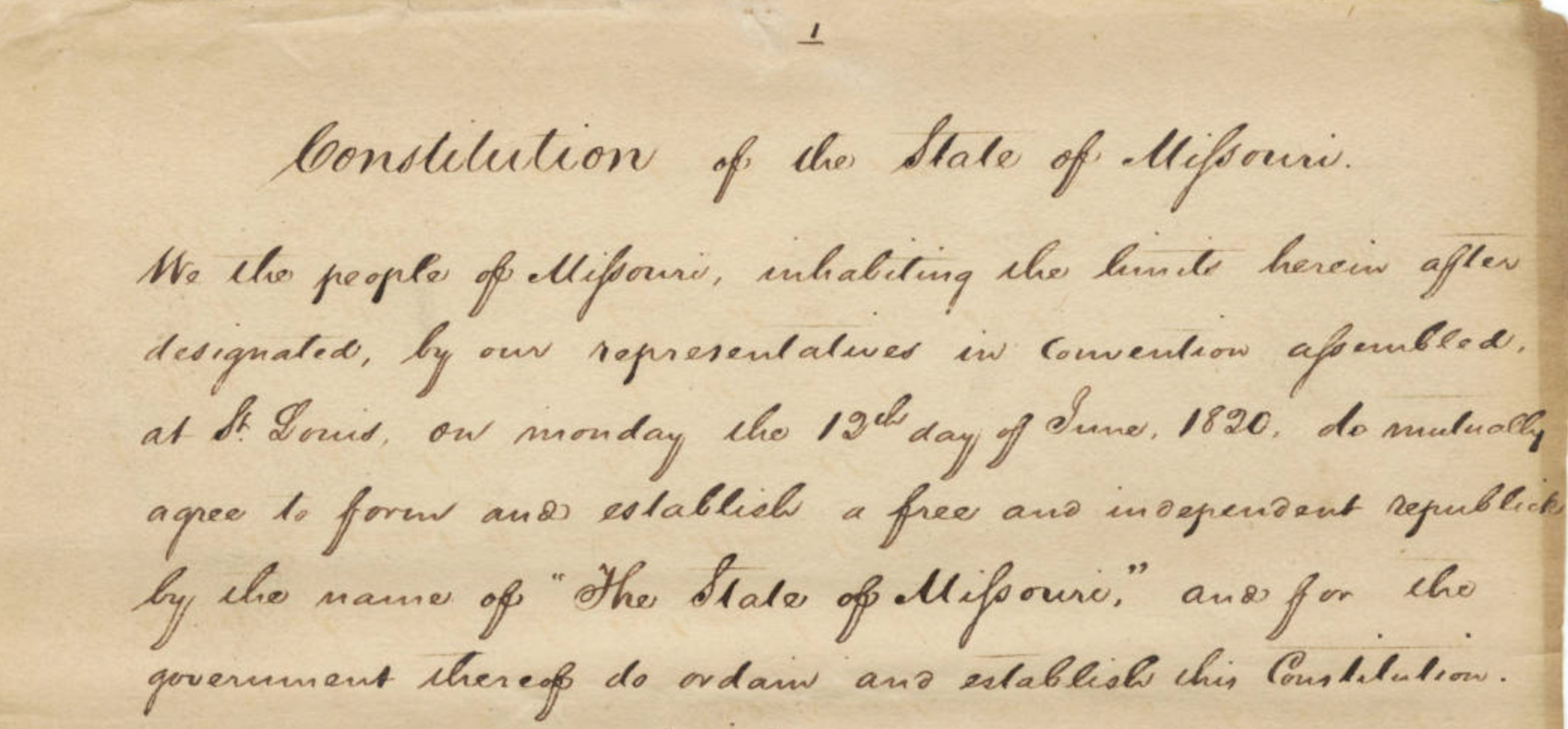In Ohio, voters will decide on Issue 1 on Nov. 7. Issue 1 would establish a state constitutional right to “make and carry out one’s own reproductive decisions,” including abortion, contraception, and other reproductive matters. Issue 1 would allow the state to restrict abortion after fetal viability, except when “necessary to protect the pregnant patient’s life or health.”
Ohio Issue 1 is the fourth ballot measure to propose a state constitutional right to an abortion. In 2022, voters in three other states—California, Michigan, and Vermont—approved ballot measures providing a state constitutional right. These votes followed the U.S. Supreme Court’s decision in Dobbs v. Jackson Women’s Health Organization, which found there is no federal constitutional right to abortion, thus overruling Roe v. Wade.
Like Ohio Issue 1, the ballot measures in California, Michigan, and Vermont were designed to provide state constitutional rights to an abortion. In California, Vermont, and Michigan, abortion was legal by state law at the time of the election.
However, in Michigan, after the Dobbs ruling, Act 328 of 1931 of Michigan’s penal code, which banned abortion at the state level, could have become enforceable pending court rulings. Planned Parenthood filed a lawsuit to block the enforcement of Act 328, and in Sept. 2022, the Michigan Court of Claims ruled that Act 328 was unconstitutional.
Like Michigan, a pending court case in Ohio may affect state law regarding abortion. Currently, abortion is legal in Ohio for up to 21 weeks and six days of pregnancy. Another abortion-related law that was signed into law, Senate Bill 23, called the Human Rights and Heartbeat Protection Act, was designed to ban abortion when the "unborn human individual the pregnant woman is carrying has a detectable fetal heartbeat," but makes exceptions in the case of a medical emergency of the pregnant woman. The Ohio Supreme Court blocked SB 23 pending a lawsuit.
Ohio's recent political history differs from Michigan's. In the past two presidential elections, Ohio voted for Donald Trump (R) twice, and Michigan voted for Trump followed by Joe Biden (D). Republicans have had a trifecta—controlling the governor's office and both chambers of the legislature—since 2011. In Michigan, Republicans had a trifecta from 2011 through 2018, when the state became a divided government with the election of Democratic Gov. Gretchen Whitmer. In 2023, Michigan became a Democratic trifecta.
Both supporters and opponents of Issue 1 noted the significance of the measure and the potential effect the result could have on similar measures in other states. Dr. Lauren Beene, the executive director of Ohio Physicians for Reproductive Rights and a supporter of Issue 1, said, "We are going to do this. We are going to pass Issue 1 because this is our only option. We have no other option. There are so many states that are planning on doing this next year too and we need to show them that Ohio, as a bellwether of the country, is a pro-choice state. And in Ohio, we the people make decisions about our own healthcare and not the government."
Peter Range, executive director of Ohio Right to Life and an opponent of Issue 1, said, "I don’t know what will happen concerning how this vote in Ohio impacts things, but I do know Ohio is an important state. It’s an important electorate, and a win here would show those other states that will have these ballot measures in the years to come, ‘Hey, these battles can be won."
Ohio Issue 1 is the most expensive abortion-related ballot measure election following Dobbs v. Jackson Women’s Health Organization, and the most expensive one since at least 2009, when Ballotpedia began tracking ballot measure campaign finance. Issue 1 received a combined $71.60 million in contributions, as of the most recent campaign finance reports on Oct. 26. This is in comparison to the support and opposition campaigns of California Proposition 1 raising a total of $16.9 million, the campaigns surrounding Vermont Proposal 5 raising a total of $590,019, and the campaigns surrounding Michigan Proposal 3 raising $69.2 million.
The Columbus Dispatch reported that early voting numbers for Ohio showed as of Oct. 24, that there are more than 200,000 in-person early voters, which was up from the 192,000 in-person voters at this time ahead of the August special election, and that the secretary of state’s office received about 110,000 absentee ballots by mail, up from about 93,000 mailed absentee ballots at this time ahead of the August election.
Additional:


